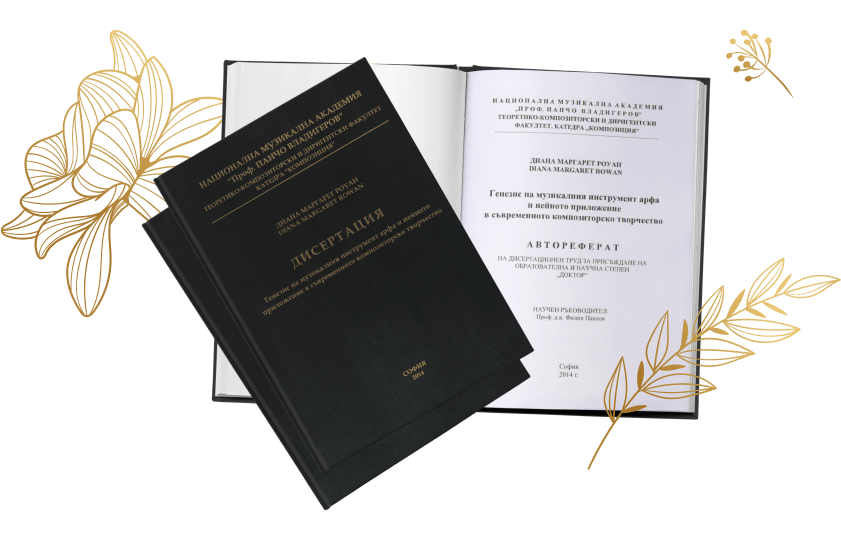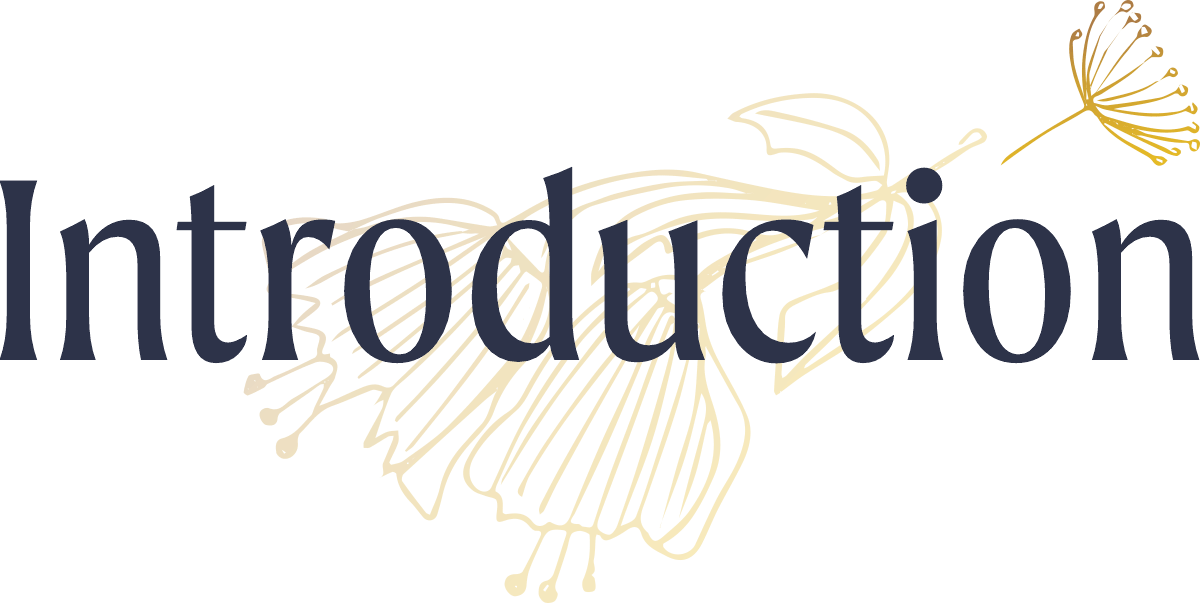The harp is one of the oldest instruments in the world, traveling from African origins and developing indigenously in many cultures due to its connection to the bow and arrow and other everyday objects.
There are many variations of harp, starting with the extremely simple small bow harp to the complex concert pedal harp weighing in at up to 90lbs. (40kg.).
Therefore, we find many approaches to harp composition, influenced by harp design, materials used (different types of wood, strings, sharpening devices, and other variations all affect musical opportunities as well as timbres), the culture the harp finds itself in, the role the harp is playing at that particular moment, and other elements discussed in this dissertation.
Unlike piano, harp design continues to morph significantly; this paper notes the development of sliders to accommodate microtones, extra long strings over a bridge to facilitate string bending, and experimentation with new materials such as carbon, to name just a few innovations.
This paper also details the reconstruction of ancient harps such as the konghou (angular harp) in order to revive long-lost sounds.
Finally, the emergence of hybrid harps such as the modern çeng is discussed, instruments which take cues from the classical Ottoman Turkish harp combined with Chinese guzheng and Arabic kanun, or the modern Chinese konghou, which is a hybrid of pedal harp and guzheng.

As Western classical music rose (for reasons ranging from artistic to political to geographical), non-pedal harps started fading from the spotlight, and certain conventions in harp composition began solidifying.
While many of these techniques are indeed beautiful on the harp, as this paper demonstrates, they are greatly influenced by Western keyboard technique and notation, which do not exploit the full potential of the harp.
Further, the mistaken relegation of much harp music to the “folk” realm has led composers and artists to not take the devices therein seriously.
Lastly, until the emergence of the French pedal harp school founded by Hasselmans in the 19th century, the Western harp was finding itself increasingly confined to a private, feminine salon realm, decreasing its scope on all levels.
As a result, we have overlooked a great treasure trove of world harp techniques that are extremely effective for lever and pedal harp composition today.
Revisiting the music of harps worldwide and throughout history -
-
Lyres and the wide array of African harps
-
Middle Eastern angular harps and their offshoots such as the kanun (this trend reflected in Indian music with its ancient vina morphing into the main instruments of Indian music today such as the sitar)
-
Asian harps such as the unbroken ancient tradition of Burmese harp, the ever-popular guzheng and innovations such as the modern konghou
-
Latin American harps (an interesting example of a foreign - Spanish - instrument being fully absorbed into a culture and melded with its own characteristics)
-
European historical and so-called folk harps of so many shapes and sizes
- offers tremendous inspiration in the following categories:
Quoting conductor Leopold Stokowski below, the harp is in many ways the least understood instrument. I believe this is in large part due to forcing the harp through filters that have nothing to do with the instrument itself, either culturally, musically, or even physically.
By reclaiming time-honored harp techniques worldwide and using them on our modern lever and pedal harps in composition and performance, we meet the true potential of this magical instrument.

The harp is, in my opinion, the least understood instrument. Even the greatest geniuses in music have not understood this instrument. 1
━ Leopold Stokowski
What composers do not seem to realize is that the piano keyboard is a treacherous trial ground for the testing of either the playability or the sound of their harp parts. 2
━ Sylvia Meyer

Writing from the land of Orpheus - former Thrace, current Bulgaria - it is easy to see how mythology reflects the powerful stature harps hold in the human psyche, physically and emotionally.
From medieval Finnish sagas to ancient Greek Homeric tales, Hindu harpist goddesses to Egyptian harper gods, Celtic bards to the Lyra constellation above us, symbols of entire countries such as Ireland, Paraguay, and Burma - even modern corporations I'm sure you can picture - like Orpheus, harps have long been an archetypal part of human culture, consciously and subconsciously.
Exploring the harp’s archetypal nature allows us to comprehend our mysteriously strong attraction to this most magical of instruments, and how the harp in turn has inspired others in diverse fields.
Harps appear in myths in many capacities. Themes range from control of nature and even the gods via the harp; the harp and music’s godly origins; healing - sometimes to the point of cheating death - through the harp; and harp as talisman of humans and gods, to name a few.
From Irish bards to African jalolu, harp was the instrument of choice for imparting history and diplomacy by these highly honored practitioners.
Dubbed “the bride of instruments” by Darwish Ali Changi of 16th century Bukhara 3 (former center of the Islamic intellectual world), the harp’s fundamentally expressive and ancient nature makes it a powerful tool in helping humanity understand life.
Beyond the instrument and its music alone, the harp is a source of inspiration to both musical and non-musical arenas: innumerable stories, paintings, sculptures, writings, physics experiments, and other endeavors focus on the harp. All the above proves that the harp held a very prominent position worldwide historically, despite its relative rarity in today’s Western world.
Most importantly, this former glory allowed harps and their repertoires to be developed to a sophisticated degree throughout many cultures.
Unfortunately, this rich practical knowledge tends to be overlooked in modern harp composition; there is very little documentation of these repertoires and their practical techniques.
The purpose of this dissertation: to examine both traditional and non-Western harp compositional techniques as goldmines of creativity for contemporary harpists and composers.
In this paper I survey the current literature accessible to modern composers and present for comparison the less accessible/known harp techniques from, among many others: Africa (the kora), Persia (the chang), and Ireland (the clairseach).
Techniques are collected from mostly primary sources, including printed literature, ethnographic/historic research, audio/video recordings, and personal interviews with specialized harpists.
These techniques are presented in SATB notational form, since the primary aim of this dissertation is to alert Western composers to exciting artistic possibilities for their own work.
Explore the chapters by clicking on each tile
Endnotes
1 Leopold Stokowski, conductor, radio interview with Arnold Michaelis, 1961, quoted by Rose, Beatrice Schroeder. The Harp in the Orchestra: A Reference Book for Harpists, Teachers, Composers and Conductors. Houston: Beatrice Schroeder Rose, 2002.
2 Sylvia Meyer, Principal Harp, National Symphony Orchestra, 1933-66, quoted by Rose, Beatrice Schroeder. The Harp in the Orchestra: A Reference Book for Harpists, Teachers, Composers and Conductors. Houston: Beatrice Schroeder Rose, 2002.
3 Lawergren, Bo. “The Rebirth of the Angular Harp,” Early Music America (Summer 2011).
Note: due to extensive use of multiple languages, there is great variation in spelling regarding instruments and terms.
The most common spellings will be used throughout, with note made of popular alternate spellings.





















